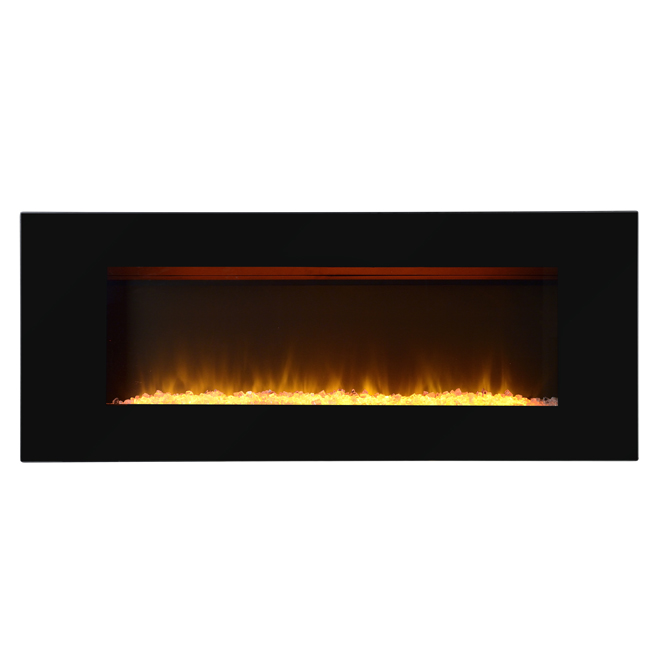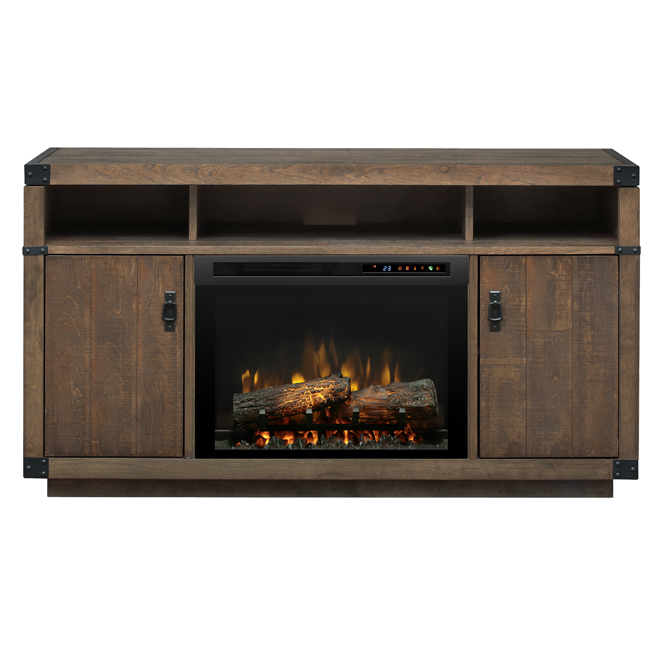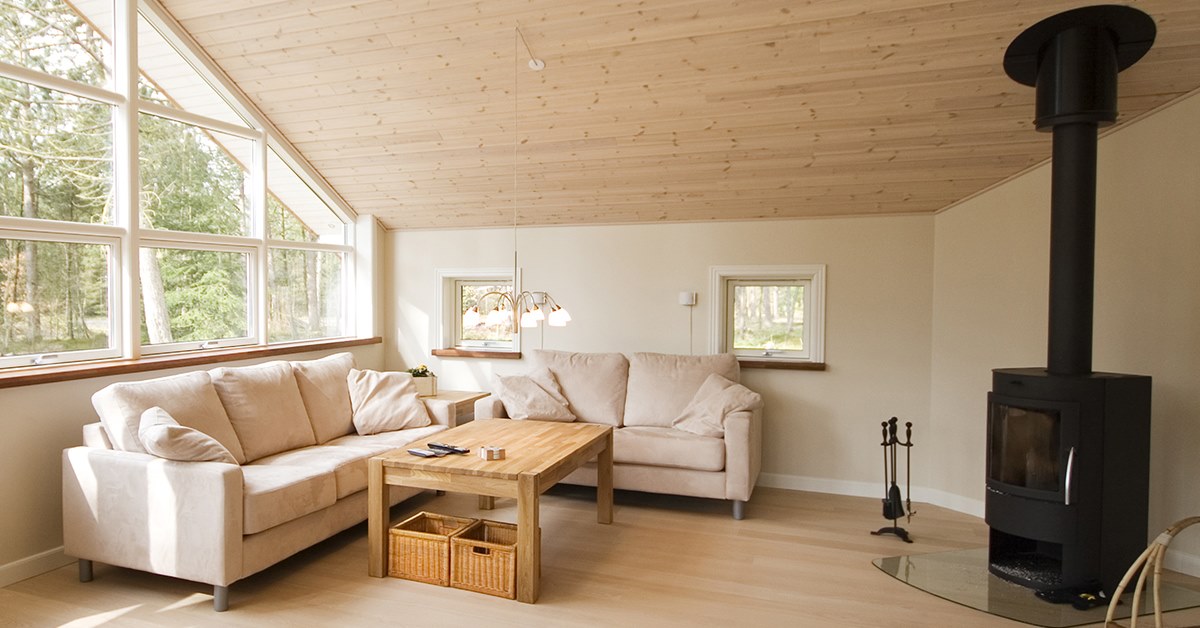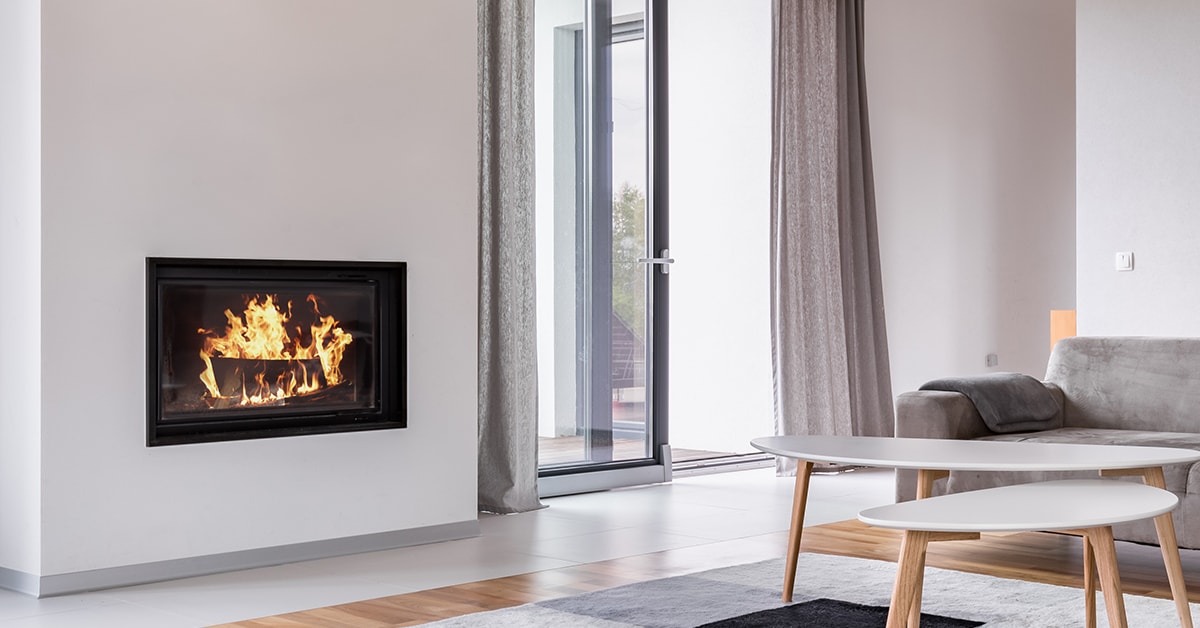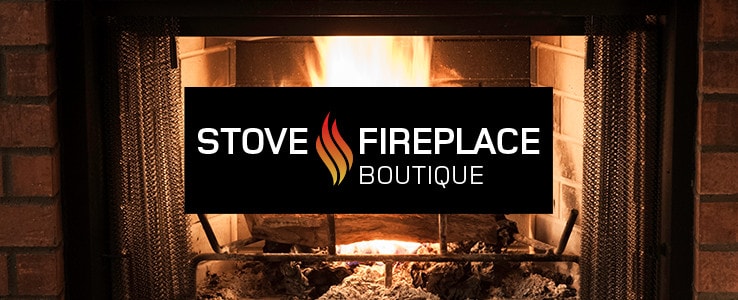Benefits
Electric fireplaces offer a wide range of benefits, including:
Supplementary heat
Get the exact temperature you desire without having to wait for your home heating system to do the job. Electric fireplaces are great for chilly winter days and drafty or basement rooms.
Safe operation
Electric fireplaces don’t produce an actual flame and remain cool to the touch. They are a good choice for homes with children and pets.
Zone heating
With an electric fireplace, you can easily increase the temperature in one room without having to increase the temperature throughout your entire home.
Energy savings
Using an electric fireplace for zone heating can help you reduce your overall heating costs, as it will allow you to set your thermostat to a lower temperature.
Design variety
Electric fireplaces come in a wide variety of styles, allowing you to choose one that best complements your existing furniture and decor.









